Saturday, October 13, 2018, 20:26
Located in Mexico, the ancient temple worshiping the Mayan snake god Kukulkan is considered an ancient architectural masterpiece. The interesting secrets about this project have attracted many tourists to explore…
 |
| Kukulkan – a world-famous ancient Mayan temple located in the ancient city of Chichen Itza, northern Yucatan peninsula, Mexico. |
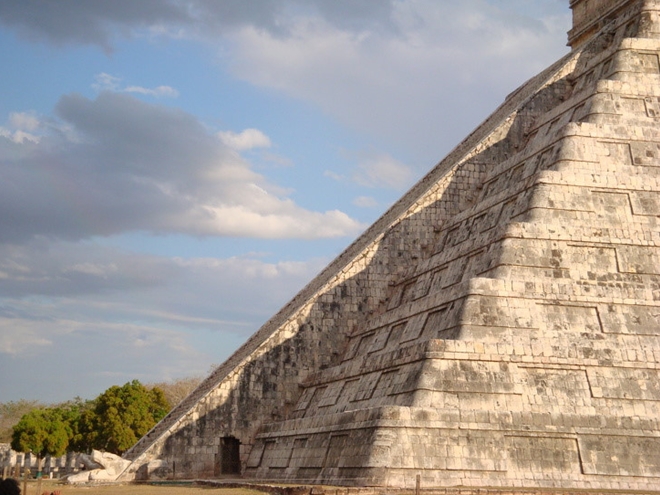 |
| Kukulkan temple attracts attention with the architecture of a pyramid. Stairs on four sides of this structure lead from the bottom to the top of the temple. |
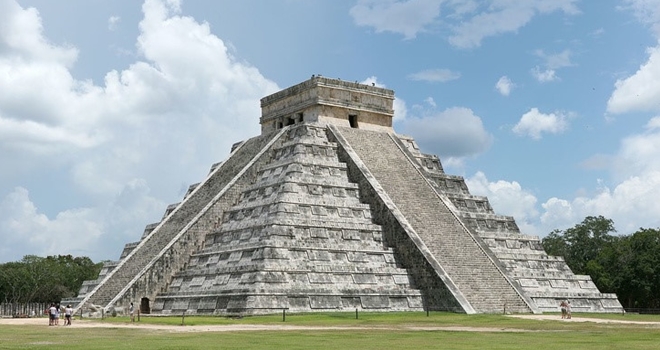 |
| According to experts, the Kukulkan temple was built by the Maya above an underground cave in the pre-Columbian period to worship the god Kukulkan (about 900 – 1,100 years ago). This is the snake god in the spiritual life of the Mayans. |
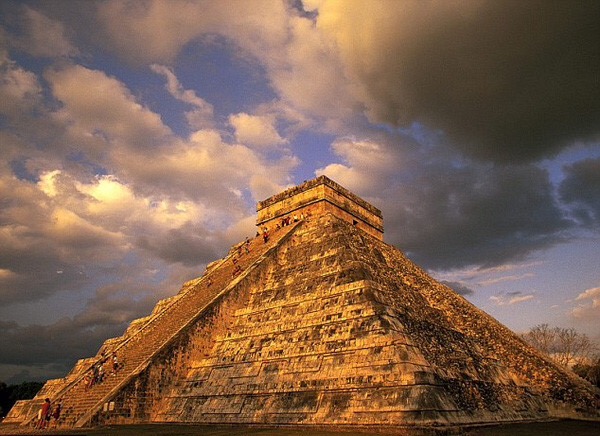 |
| According to Mayan legend, the snake god Kukulkan was born and raised in an underground cave. Every time the god Kukulkan appears, it will cause an earthquake. |
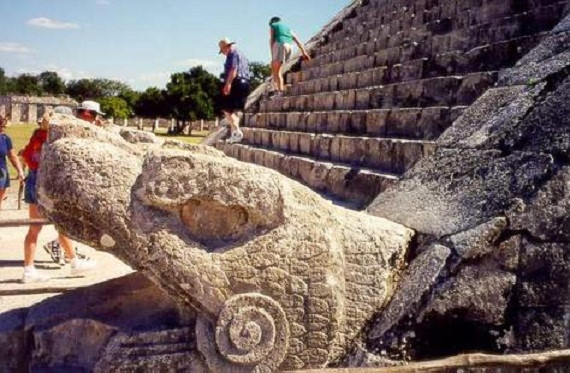 |
| The two sides of the northern corridor of Kukulkan temple are carved with very sophisticated snake motifs. |
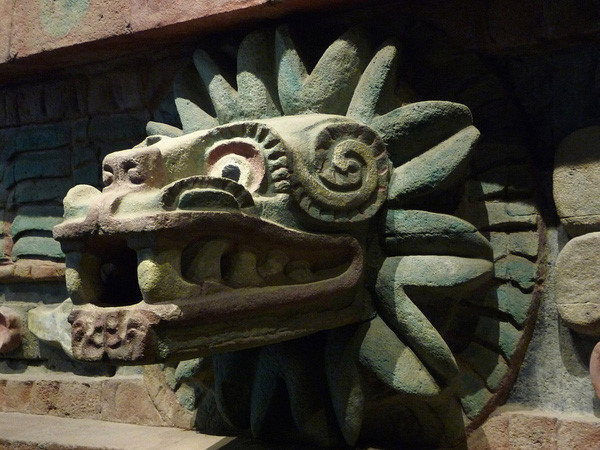 |
| More specifically, on the spring and autumn equinoxes, when the sunset sunlight shines on the northwest corner of this structure, the temple’s shadow on the ground takes the form of a slithering snake. This interesting thing has attracted tourists to come here to see it with their own eyes. |
 |
| Another surprising secret discovered by archaeological experts is that underneath the Kukulkan temple there is a giant sacred pit. According to experts, this sacred hole is about 1,000 years old. |
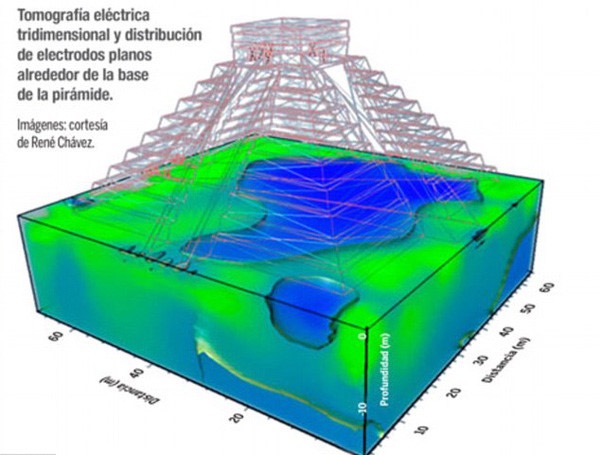 |
| The sacred pit below the Kukulkan temple was built to symbolize the underworld, creation and water. This is considered the place where people contact the god Kukulkan. |
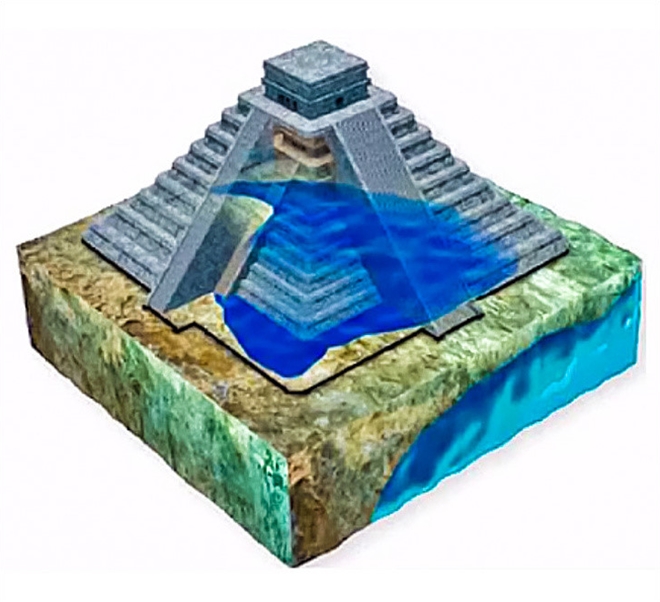 |
| The sacred hole is about 25 – 35m in diameter, 20m deep and has an underground river running underneath from North to South. |
 |
| Experts are concerned that the high humidity in the cave and the sacred pit structure could cause this ancient temple to collapse in the future. |




